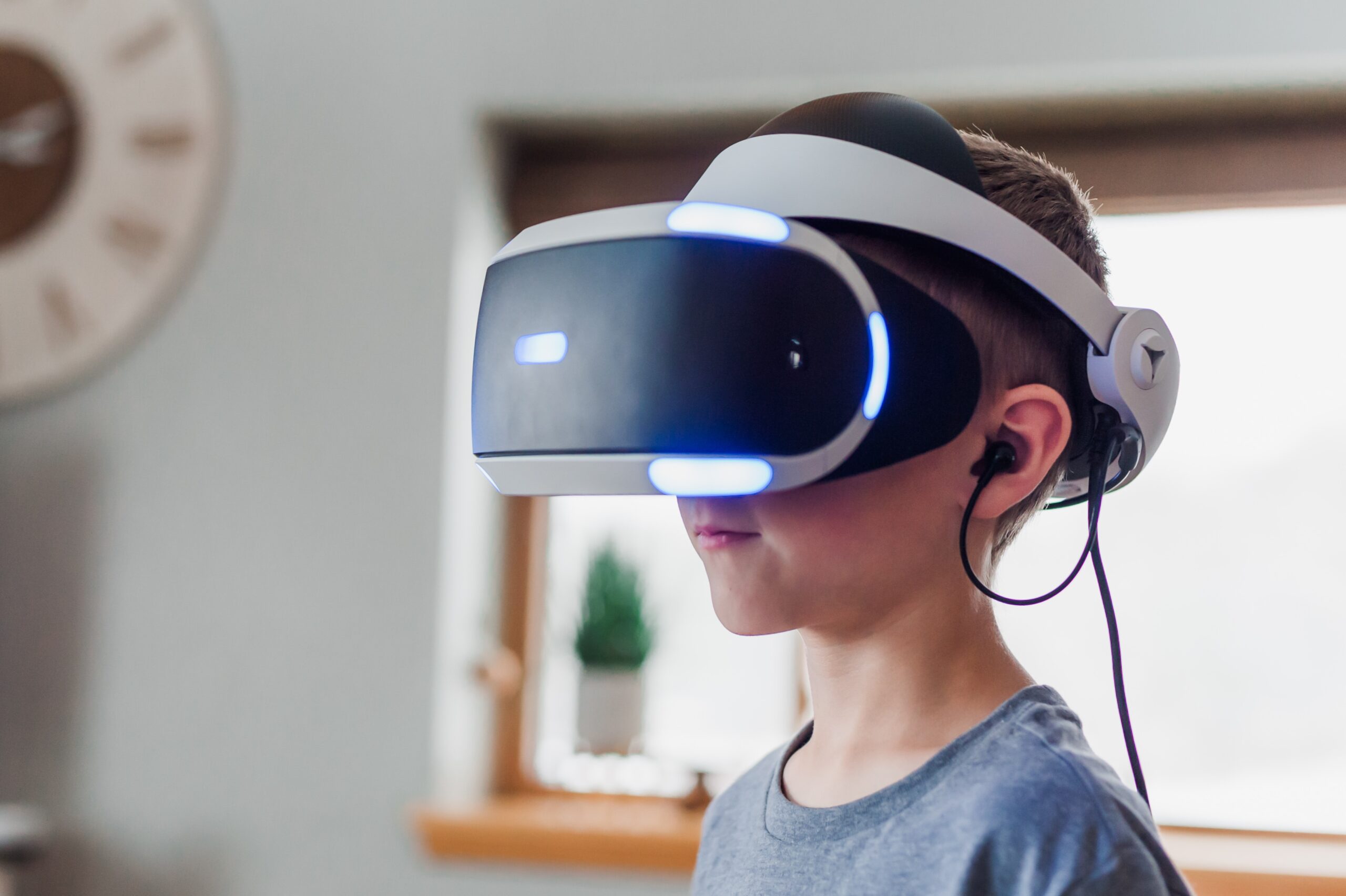Introduction
In recent years, virtual reality (VR) has emerged as a groundbreaking technology that has revolutionized various industries. One area where VR has made a significant impact is in sports training. With its immersive and interactive capabilities, virtual reality has transformed the way athletes prepare for competitions and enhance their skills. This article explores the various ways in which virtual reality is revolutionizing sports training.
Enhanced Visualization
One of the key benefits of virtual reality in sports training is its ability to provide athletes with enhanced visualization. By using VR headsets, athletes can immerse themselves in realistic virtual environments that simulate real-life game scenarios. This allows them to visualize and experience different game situations, improving their decision-making skills and reaction times. Whether it’s practicing penalty kicks in soccer or reading defenses in football, virtual reality provides athletes with a realistic and immersive training experience.
Mental Preparation
Virtual reality also plays a crucial role in mental preparation for athletes. By simulating high-pressure situations, VR allows athletes to develop mental toughness and resilience. For example, a tennis player can use virtual reality to practice serving under intense crowd noise and pressure, enabling them to stay focused and perform at their best in real matches. VR can also be used to simulate crowd reactions, enabling athletes to train in an environment that closely resembles the atmosphere of a real game.
Injury Rehabilitation
Virtual reality is not only beneficial for training but also for injury rehabilitation. Injured athletes often face challenges in maintaining their physical and mental fitness during the recovery process. VR offers a solution by providing engaging and immersive rehabilitation programs. Through virtual reality, athletes can continue their training in a safe and controlled environment, allowing them to maintain their skills and stay motivated during the rehabilitation process. This technology also helps athletes visualize their progress, which can be a powerful motivator in their recovery journey.
Data Analysis and Performance Tracking
Virtual reality is not just about immersive experiences; it also offers advanced data analysis and performance tracking capabilities. By integrating sensors and motion tracking devices, VR systems can collect valuable data during training sessions. This data can then be analyzed to identify areas of improvement and track an athlete’s performance over time. Coaches and trainers can use this information to tailor training programs and provide personalized feedback to athletes, leading to more efficient and effective training sessions.
Accessibility and Cost-Effectiveness
Another advantage of virtual reality in sports training is its accessibility and cost-effectiveness. Traditionally, elite training facilities and equipment were only available to professional athletes and well-funded sports programs. However, with the advent of VR technology, athletes at all levels can now access high-quality training experiences at a fraction of the cost. Virtual reality training programs can be easily accessed through VR headsets, making it possible for athletes to train anytime and anywhere, without the need for expensive equipment or facilities.
Conclusion
Virtual reality has undoubtedly revolutionized sports training by providing enhanced visualization, mental preparation, injury rehabilitation, data analysis, and performance tracking. With its immersive and interactive capabilities, VR has made training more engaging, effective, and accessible for athletes of all levels. As technology continues to advance, we can expect virtual reality to play an even greater role in shaping the future of sports training.

